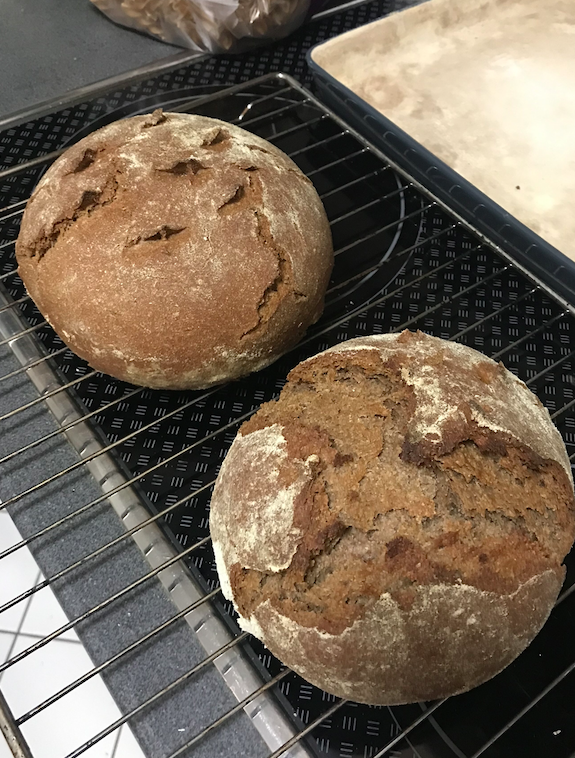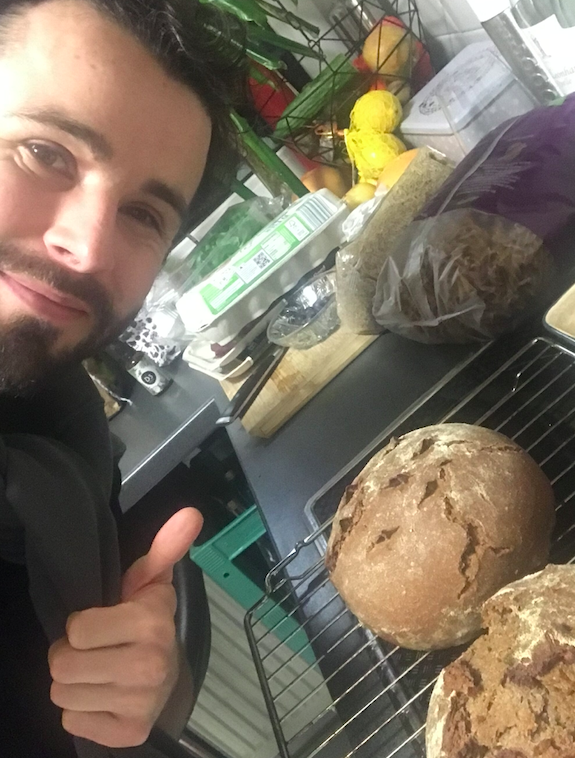How to Make The "Perfect" Sourdough Bread
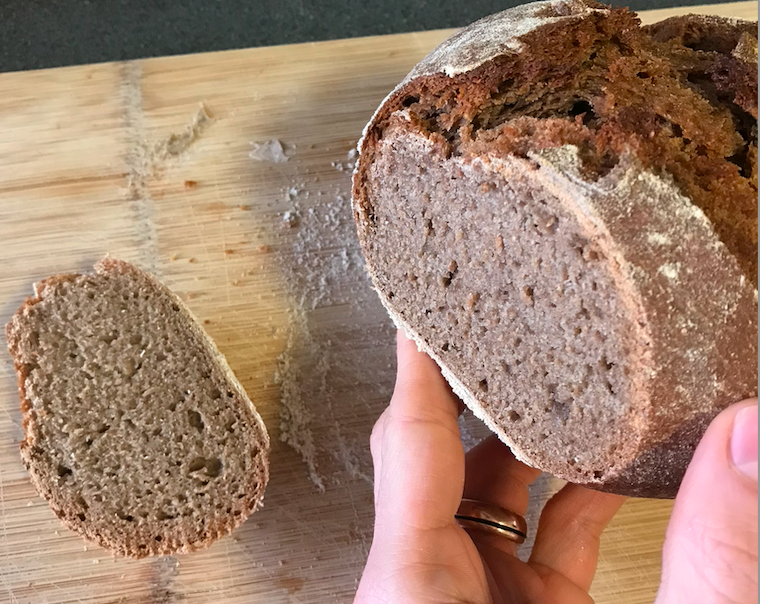
Well, the first thing is first, you will need to read this man's blog (https://www.theperfectloaf.com/) it is an absolutely wonderfully written treasure trove of information re: baking bread. However, what I will do in this blog is map out my personal journey of making my very first 100% rye sourdough bread.
Why Sourdough?
One often hears that carbohydrates such as bread are not your best friend when it comes to health, while that's a topic on its own I'll rather focus on what makes sourdough a better option for one.
As I am still learning, there are multiple ways to make bread and many different types of grain that one can use. Each way as well as grain has its own pros and cons.
Ignoring the carbohydrates within the grain (which is again a topic on its own), all grains have "anti-nutrients". These anti-nutrients do two things, firstly they block the absorption of the nutrients locked within the whole grain, while secondly, they force your wonderful body to expend additional energy to digest. Regardless of whether the grains are cooked or raw.
Sourdough bread uses bacteria present absolutely everywhere in nature to do the heavy lifting of chipping away at these anti-nutrient "shells" so to speak. These bacteria consume the grains and break down the anti-nutrients which in turn unlock a much higher percentage of the nutritional value of the food.
So, instead of getting only a trickle of Vitamin B into your system, you get a river. This is rather handy considering that your body uses Vitamin B to actually remove the carbohydrates from your system.
What is the Nutritional Profile of Rye?
I would recommend taking a look at foodstruct.com as a good future source of your overall nutritional content information, this is where the below two charts show the Mineral and Vitamin values of rye grain according to USDA values.
The percentages represent 100g of rye relative to the "recommended daily intake" values. Again, keep in mind that much of this "nutrition" is in actual fact locked and inaccessible by one's body, sourdough helps unlock more potential from the same material.
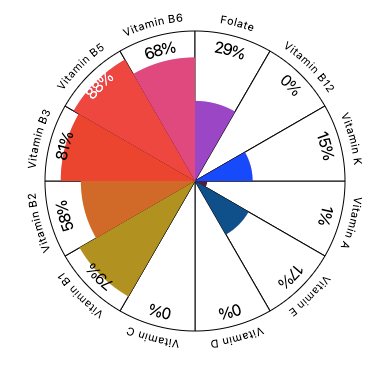

The Receipt
- 40g Ripe and fresh "starter"
- 1,000g full-corn rye flour
- 1-liter water
- 18g Himalayan salt
- A few trusts bowls, spoons, a fridge, and an oven
- Time
The "Steps"
The entire process which I followed was from the below link, therefore I suggest that if you'd like to bake your own rye follow this receipt.
The only difference between my process and his was that I used 100% rye flour and didn't use either a "proofing" bowl, bread-cutting tool, or "Dutch Oven". Instead, I opted for a regular stainless steel bowl with plenty of flour, a pair of scissors, and finally a baking tray that sat above my loaves in the oven.
The receipt to follow: https://www.theperfectloaf.com/beginners-sourdough-bread/
My Personal Picture Journey
The first step was to prepare a "starter", this took 7 days in total and continues to this day. In essence, you cultivate a "starter" which is a natural combination of bacteria and yeasts. It is these naturally occurring goodies that will then break down the components in the rye flour, give your bread some rise, and unlock its nutritional value for your body.
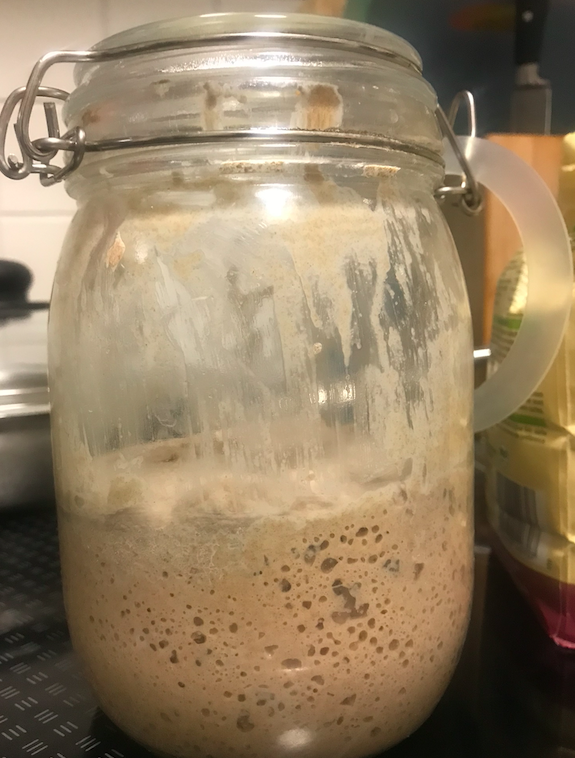
Next is the mixing process where one combines the "starter" with fresh flour, and also prepares the "bulk mix" which is, in essence, the main dough which will be used for your bread.
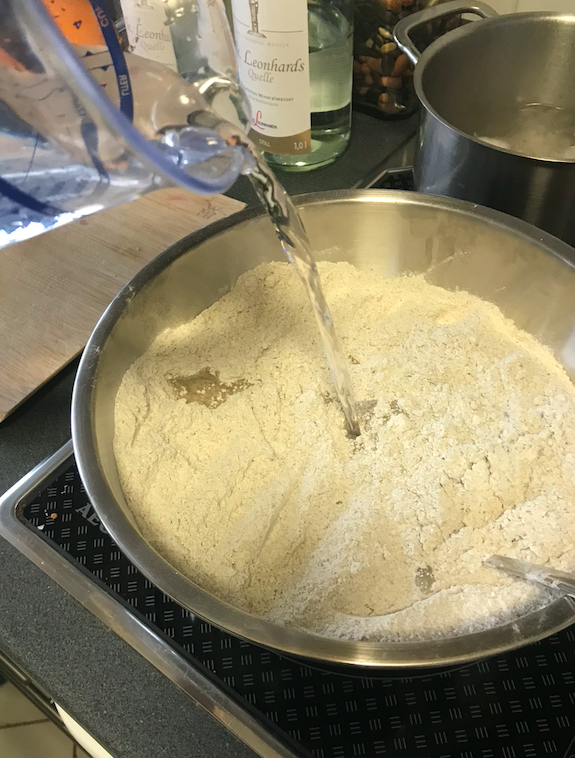
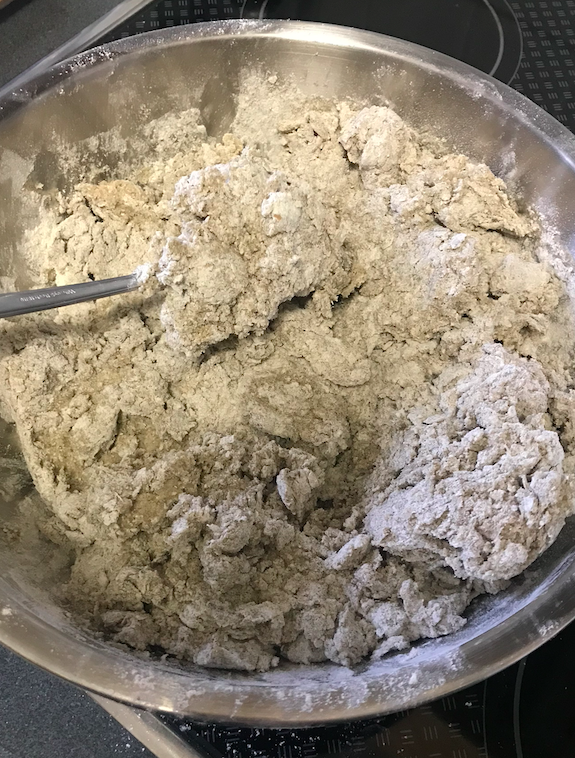
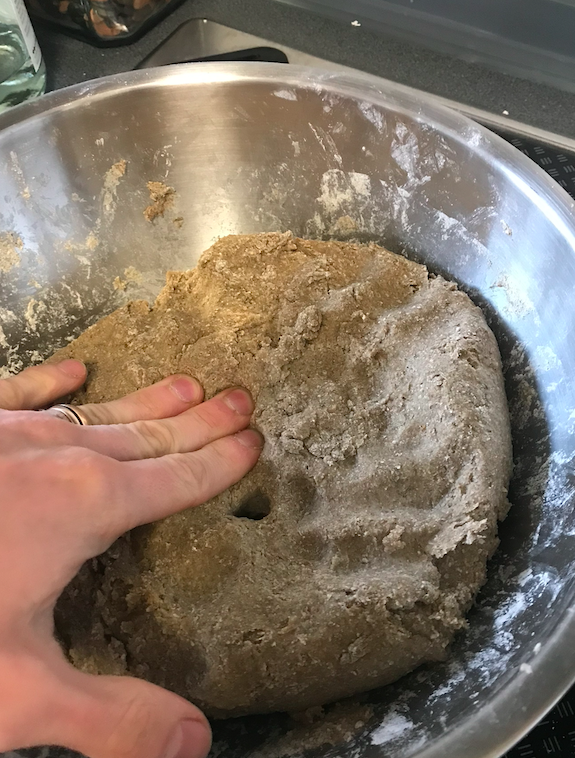
From this point, we will take the levain which was prepared and mix it with the main dough. They call this the "bulk mix". This bulk mix is then followed by a series of massages and folds for the dough before transferring it into a "proofing" bowl.
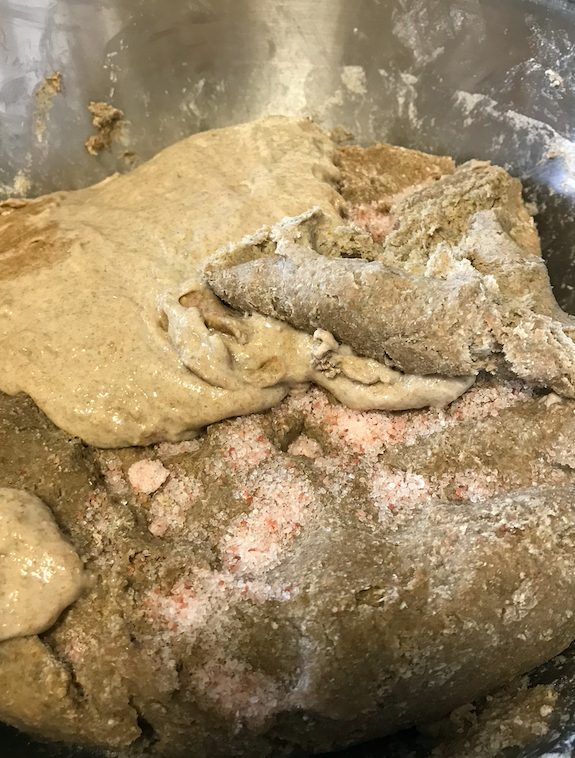
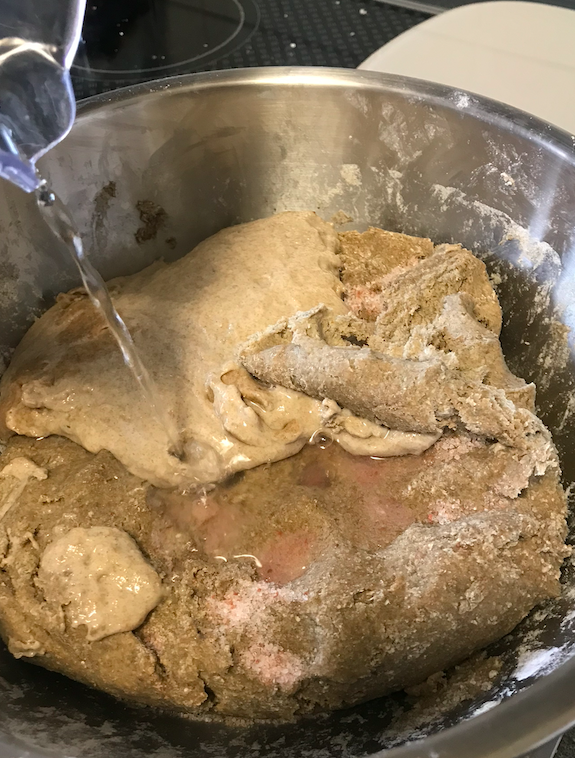
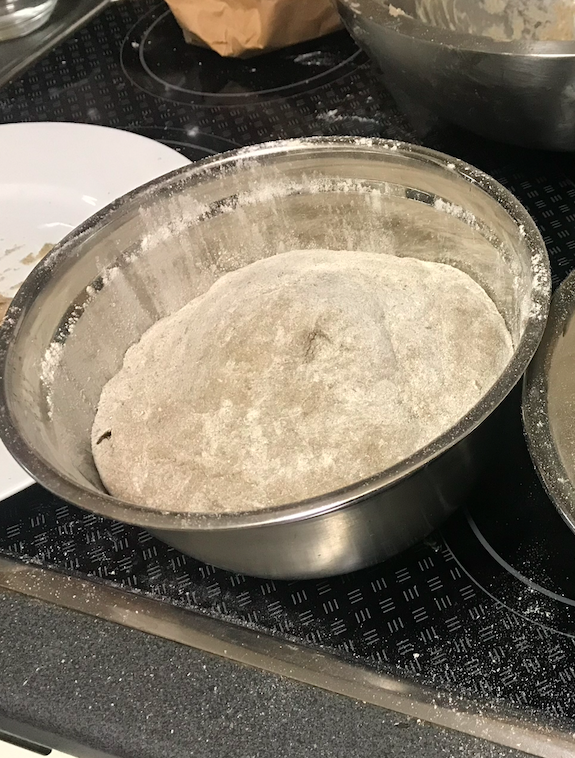
By this stage, I was on to my final steps. This is when the proofing bowls are covered with some aluminum or plastic wrap and placed into the fridge to sit for the evening until the next morning. This gives the yeast and bacteria time to work on the dough to bring it to life.
The next morning the dough is taken out of the proofing bowls and placed onto a tray and popped into the oven at 230°C. In my last two (or first two) baking attempts, I have toyed with 45 mins and 55 mins baking time, and both seem to be quite alright. #soon there will be more #science to this guesswork
Lo and behold, here's the final product, two 100% rye (or roggen in German) loaves made with love!
